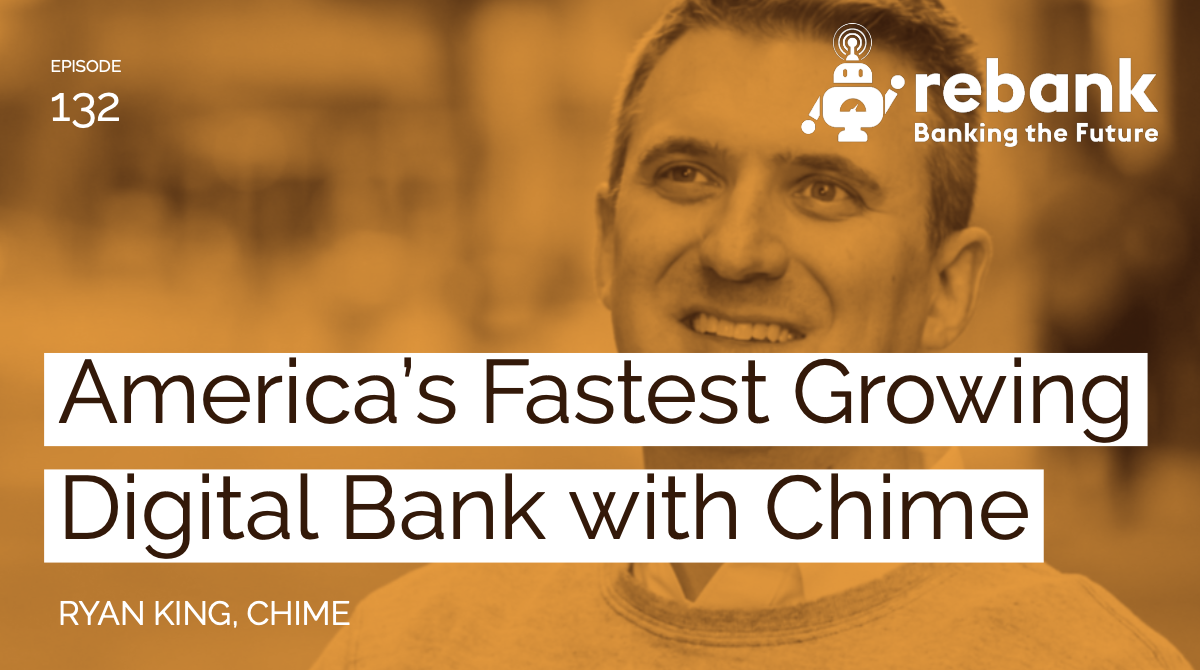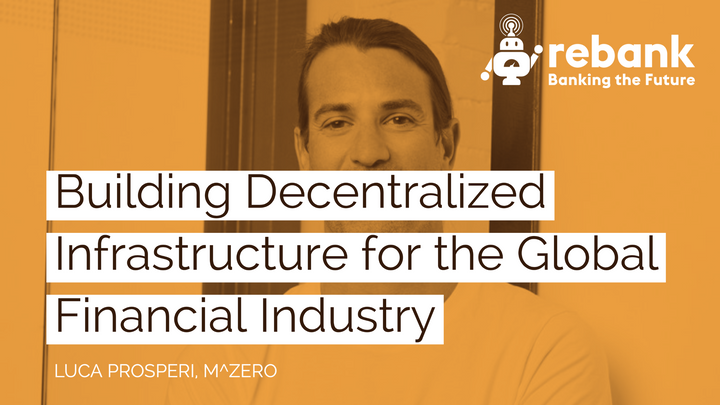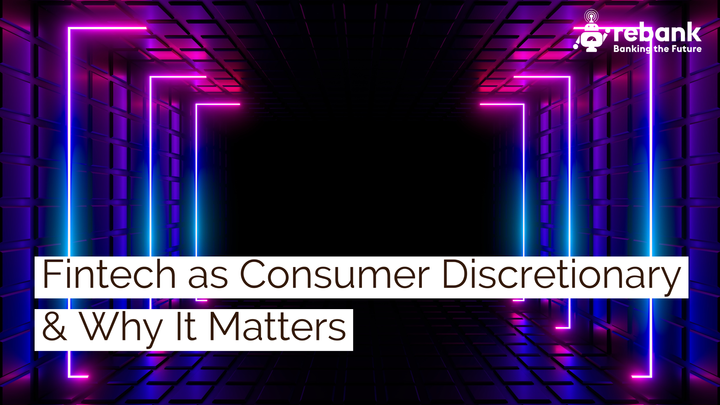America's Fastest Growing Digital Bank with Chime

Ryan King is the Co-Founder and CTO of Chime, one of the leading digital banks in the US. Chime offers free banking to over three million customers, helping them save hundreds a year on banking and gain control of their financial lives.
This episode was recorded at LendIt in San Francisco. A huge thanks to Peter Renton and his team for inviting us to participate.
As listeners know, digital banking is a space we follow closely. The US is a fascinating market to watch, given the importance of spending, borrowing and investing, prevailing incumbent pricing structures, digital penetration and customer expectations. And with the number of well-funded fintechs converging on comprehensive digital financial offerings, including Robinhood, Acorns, Betterment, MoneyLion, Chime, Varo and others, not to mention European digital banks like Monzo, N26 and Revolut, the space will get competitive fast.
Thank you very much for joining us today. Please welcome, Ryan King.


